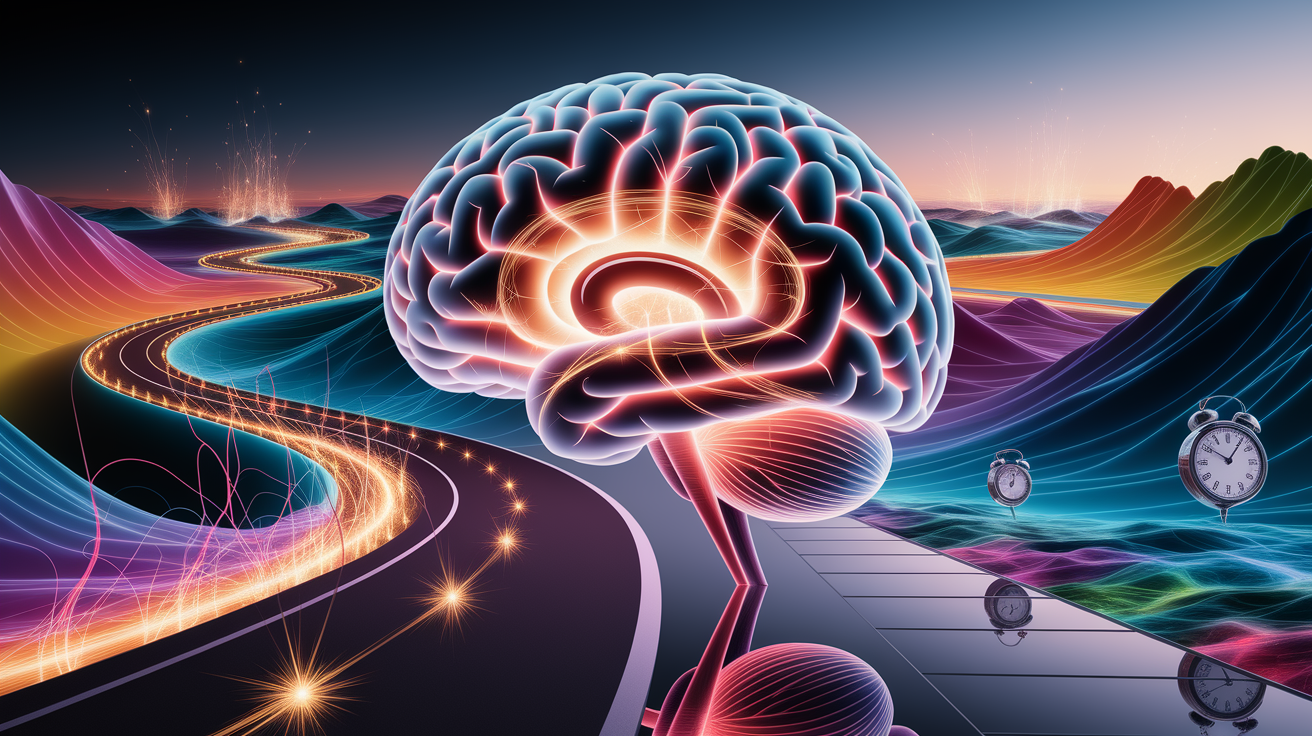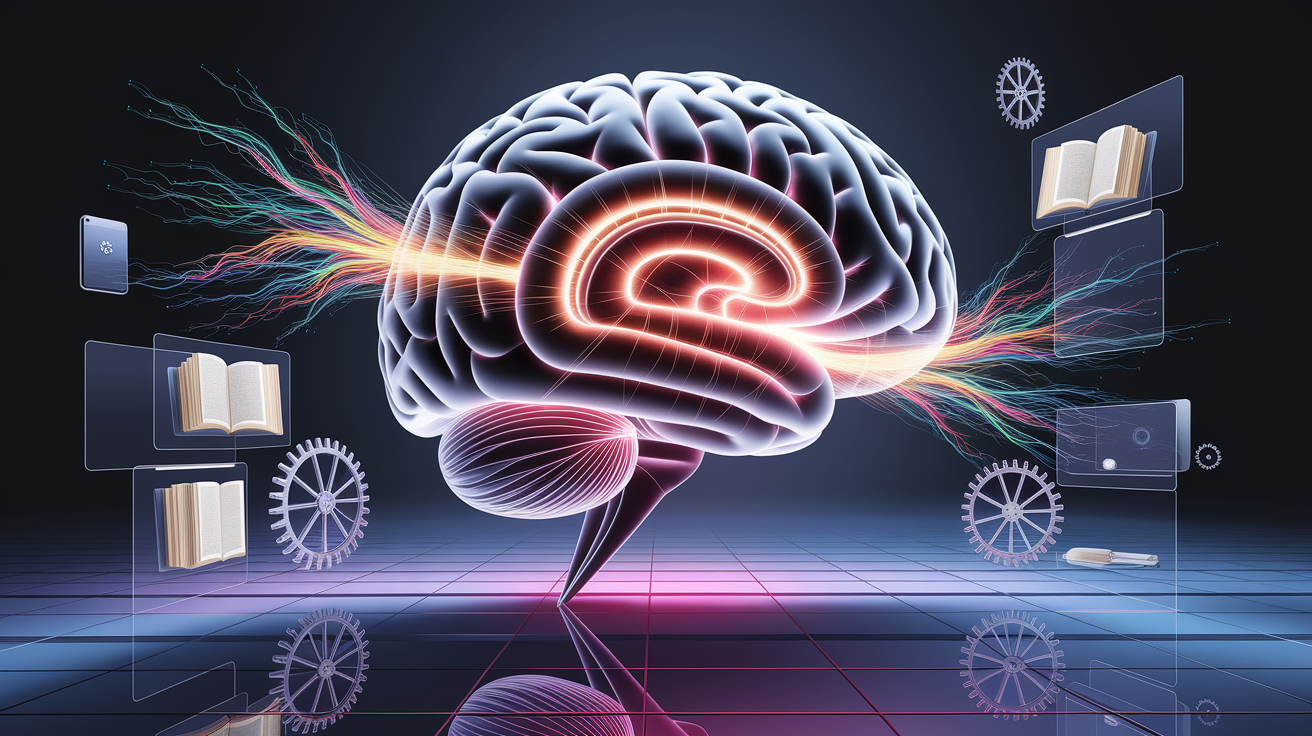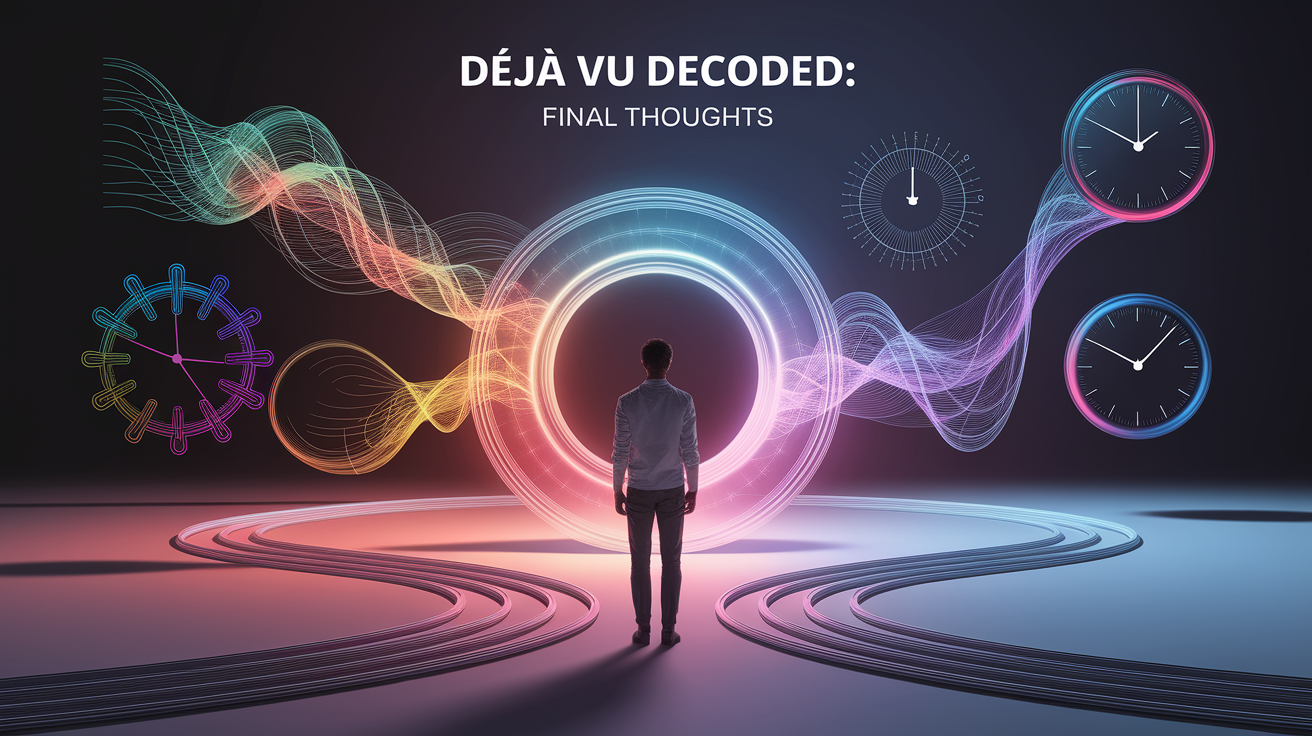Quick Answer: Déjà vu is that uncanny flash where a brand-new moment feels strangely familiar. Science suggests it’s a mix of brain timing quirks, memory processing glitches, and subtle clues in our surroundings tricking our sense of recognition.
Déjà Vu in a Nutshell
If you’ve ever walked into a room and felt as though you’ve been there before—despite knowing you haven’t—you’ve experienced déjà vu. The term is French for “already seen.” While it’s brief, often lasting only seconds, the sensation can be oddly powerful and a little unsettling. It’s considered a common psychological experience, with many people encountering it a few times a year.

Neurological Roots of Déjà Vu
From a neuroscience perspective, déjà vu appears to be closely linked to the temporal lobe—especially the hippocampus, which handles forming and recalling memories, and the amygdala, which colors them with emotion. These brain regions work like a memory-and-feelings control center. If their communication gets slightly out of sync, you might get a wave of false familiarity.

In some cases, doctors studying temporal lobe epilepsy have noticed that déjà vu can occur just before a seizure, likely because unusual electrical activity disrupts normal memory signals. But even in healthy brains, tiny “neural misfires” or timing hiccups between sensory input and memory retrieval can spark the same effect. Researchers sometimes describe this as two systems—the “now” and the “remember”—getting slightly out of step, producing that eerie overlap.
For more detail, see this in-depth look at the neuroscience of déjà vu.
Cognitive Explanations: Attention and Memory
There are also explanations rooted in cognitive psychology—how the mind handles attention and memory:

- Divided attention theory: If your mind drifts briefly, you might take in your surroundings subconsciously before paying full attention. When you finally focus, your brain has already processed part of the scene, creating a false sense of prior experience.
- Dual-processing theory: Our brains have multiple pathways for processing information. If these become slightly unsynchronized, one pathway might interpret the experience as “old news” before the other catches up.
- Memory resemblance theory: Current situations can partially match details from forgotten past experiences. This pattern recognition can trick recognition memory into thinking, “I’ve been here before,” even if that earlier memory is hidden from conscious recall.
Some scientists even suggest that déjà vu is part of normal memory-checking functions. Your brain double-checks sensory input against stored knowledge, and sometimes this internal fact-checking produces a glitch in the form of false familiarity.
Common Triggers and Warning Signs
Déjà vu can be sparked by all sorts of everyday events:

- Walking into a new place that shares layout or design cues with somewhere you’ve been before.
- Holding a conversation during which a certain phrase, tone, or setting matches an unrecalled prior moment.
- Distraction followed by sudden focused attention.
- Gestalt familiarity—when the arrangement of sights, sounds, or smells feels like a past scene.
According to the Cleveland Clinic, the occasional déjà vu episode is perfectly normal. However, if it happens often, lasts unusually long, or comes with other symptoms such as confusion or fainting, it’s worth consulting a medical professional. In rare cases, frequent déjà vu can signal underlying issues like temporal lobe epilepsy.
Déjà Vu Decoded: Final Thoughts
While déjà vu is still partly a mystery, science gives us some compelling clues: it’s a fascinating blend of brain processing quirks and memory patterns. Whether it’s a sign of your neural pathways momentarily crossing wires, your attention lagging behind your perception, or your brain recognizing subtle details from the past, the experience reminds us how intricate and surprising our minds are. Next time it happens, you can enjoy the moment, knowing it’s your brain’s own unique magic trick at work.














